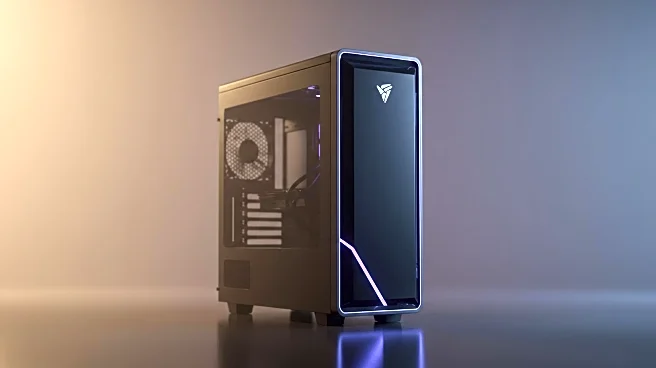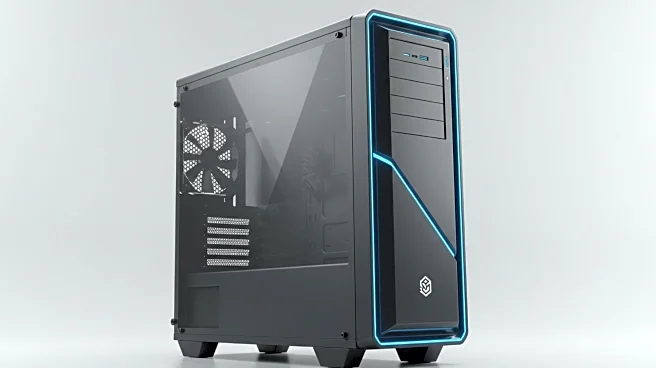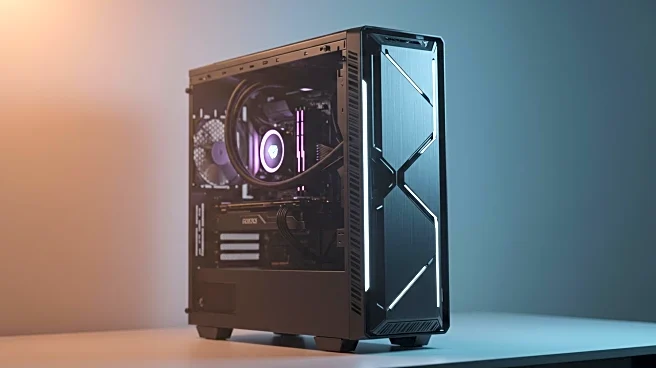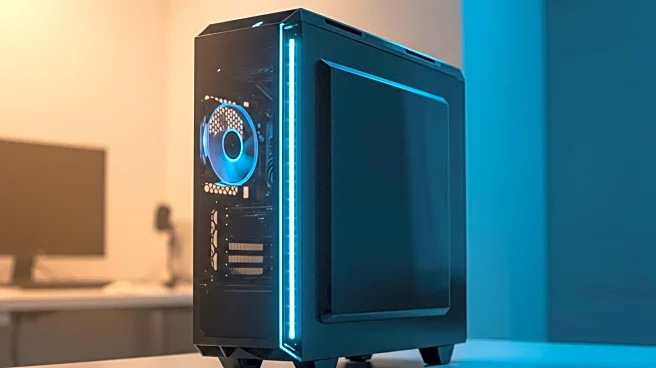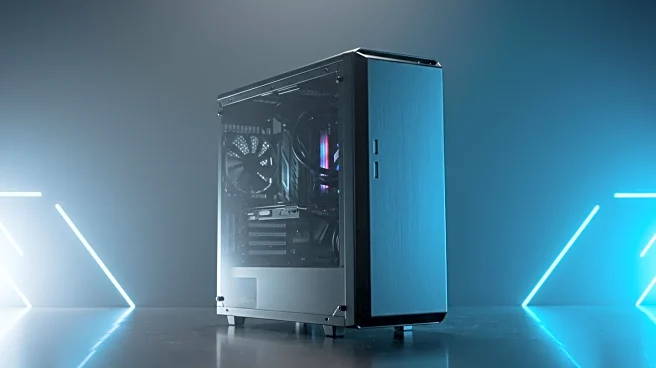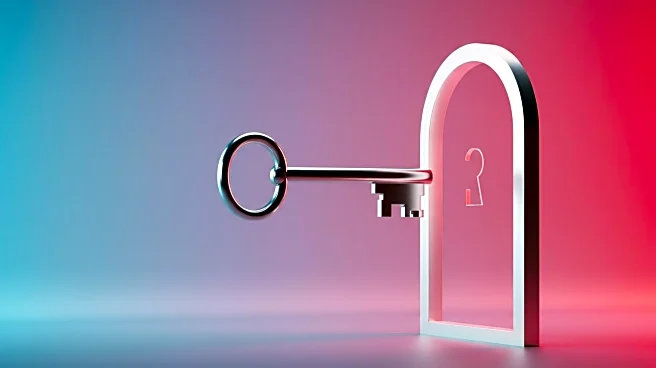What's Happening?
Teenage Engineering, known for its innovative electronic devices, has launched a new PC case called Computer-2. Unlike its previous products, which are often priced in the thousands, the Computer-2 was offered for free, with customers only needing to pay for shipping. This new case is a successor to the Computer-1, featuring a mini-ITX build made from semi-transparent PP-plastic, molded in one sheet. The design includes living hinges and snap hooks, allowing for easier assembly compared to its predecessor. Despite its appealing design, the Computer-2 supports limited hardware due to its small form factor, accommodating only dual-slot GPUs up to 180mm in length. The case quickly sold out, and interested buyers are encouraged to sign up for notifications when it becomes available again.
Why It's Important?
The release of the Computer-2 highlights Teenage Engineering's commitment to blending aesthetics with functionality in tech design. By offering the case for free, the company has generated significant interest and engagement within the tech community. This move could influence other tech companies to explore innovative marketing strategies and product designs that prioritize user experience and accessibility. The limited hardware compatibility of the Computer-2 may also spark discussions on the balance between design and performance in tech products, potentially impacting future product development trends.
What's Next?
As the Computer-2 is currently sold out, Teenage Engineering is collecting email addresses from interested customers for future availability notifications. This suggests potential plans for additional production runs or alternative distribution methods. The company might also consider releasing 3D-printable files for the case, allowing tech enthusiasts to create their own versions. Such steps could further enhance Teenage Engineering's reputation for creativity and customer engagement, while also expanding its influence in the tech design space.
Beyond the Headlines
The Computer-2's design reflects a growing trend towards transparent and translucent gadgets, reminiscent of past tech aesthetics. This could signal a resurgence in such designs, influencing broader consumer electronics trends. Additionally, the case's free distribution raises questions about the value and pricing strategies in the tech industry, potentially encouraging more companies to experiment with unconventional marketing approaches.
